Interest in the next generation of hadron colliders as one of the main discovery tools for the future of high-energy physics has been evolving rapidly. There are growing activities toward development of machine designs at CERN (Future Circular Collider), encouraged by the 2013 EU Strategy Update, and in China (Super proton-proton Collider). In the US, the recent Particle Physics Project Prioritization Panel (P5) has strongly supported a future high-energy proton-proton collider as part of an overall strategy.
Subsequently, the DOE Office of High Energy Physics commissioned a High Energy Physics Advisory Panel (HEPAP) subpanel to advise on medium and long term national goals for US Accelerator R&D in accelerator based particle physics consistent with the P5 report. In light of the subpanel’s observations, the P5 strategic plan endorses medium-term R&D on high-field magnets and materials in the context of its recommendation 24: “Participate in global conceptual design studies and critical path R&D for future very high-energy proton-proton colliders. Continue to play a leadership role in superconducting magnet technology focused on the dual goals of increasing performance and decreasing costs.”
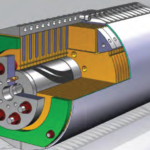 |
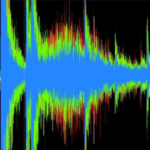 |
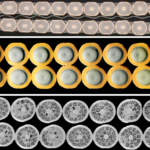 |
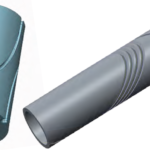 |
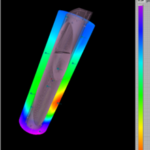 |
Magnets — be they apex implementations of traditional high-field magnets or innovative approaches; applications of both cryogenic and high-temperature superconducting materials; enabling technologies; and conductor R&D and procurement are among the efforts of the USMDP. More…
